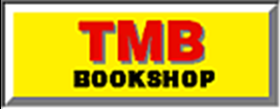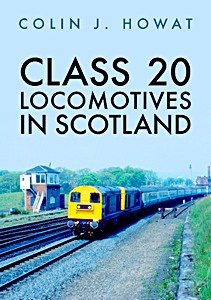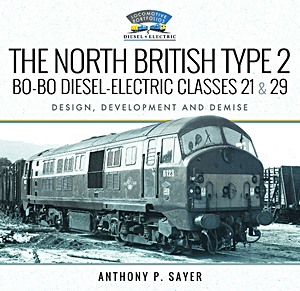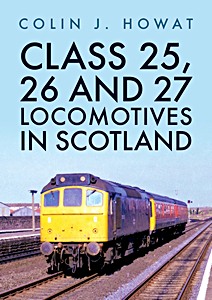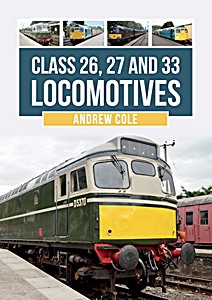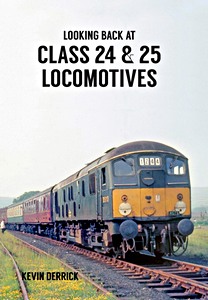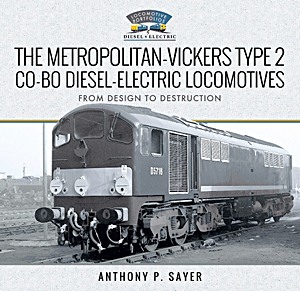British Rail Class 20 Locomotives
The first of the English Electric Type 1 design, what we now know as the Class 20s, appeared in June 1957. With their distinctive 'chopper' engine sound, these single-cabbed locomotives soon gained a reputation for rugged reliability brought about by their simplicity and use of tried and tested components.
"British Rail Class 20 Locomotives" looks back at the operations of these fine locomotives since 1957, covering their varied workings and duties, regional use and railtour operations. The book also covers the technical aspects and specifications of the locomotives, including liveries and detailing.
Caractéristiques
| Auteur : | Pip Dunn |
|---|---|
| Présentation : | 208 pages, 26 x 21.5 cm, relié |
| Illustration : | 195 photos en couleurs |
| Editeur : | The Crowood Press Ltd (GB, 2016) |
| ISBN : | 9781785000980 |

British Rail Class 20 Locomotives
Langue : anglais
Disponible sur Amazon - paiement sécurisé et livraison rapide
Acheter sur Amazon FRAcheter sur Amazon BE
Acheter sur Amazon CA
